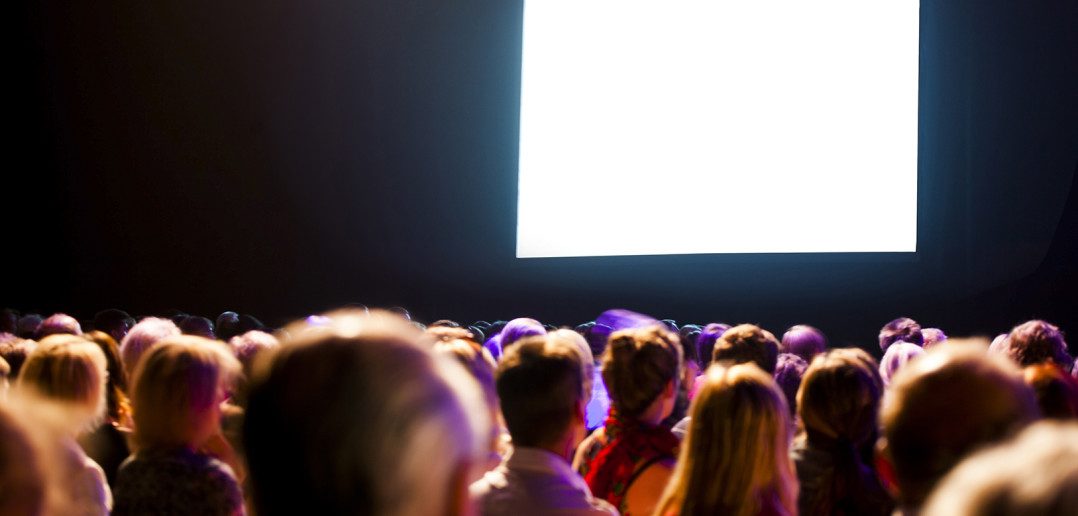You know those unforgettable things. That TV show you remember years and decades after it’s been discontinued. That one live event when you went WHOAH! I’LL NEVER FORGET THIS!! That time when you were a part of something bigger than yourself; you were part of a movement, part of a community, part of a shared experience.
Those experiences.
What each and every one of us reading this blog right now wants to do is create experiences. Create memorable, exciting, engaging and profitable experiences for our audience.
This is easier said than done, of course. Today the experience needs to be reaching out on a number of platforms and over a stretch of time, taking long tail into consideration as well as an audience that has turned producers, in turn turning producers into audience members. It’s a bit of jungle, which is why I decided to talk to Steve Peters, experience designer of note and Alison Norrington, transmedia storyteller specialising in fragmented interaction and pervasive media.
Steve’s done ARGs (alternate reality games) for The Dark Knight and designed audience experiences for Watchmen, and was last year awarded an Emmy for “Dirty Works”, the first franchise premiered on the RidesTV engine. If anyone should know something about creating resounding experiences, it should be Steve.
MIPBlog: What’s the importance of creating experiences for the audience, and how does today’s environment differ from earlier eras?
Steve: I actually believe that we’ve always wanted experiences. That’s what storytelling is, a way to transport us to another place and experience something as though we’re there. In the past it’s been called “suspension of disbelief,” but as time goes on, we’ve had to suspend it less and less. You’d go to the movies, sit in a darkened theater, and it was easy to pretend you were there, in the story you were watching. Then with things like surround sound, 4K digital video and even 3D, it became even easier to pretend you’re actually there. The “immersion” is becoming deeper. Soon there’ll be Oculus Rift-type movies, I think, that’ll make it feel even more real.
That said, you know what’s the most real of all? Real life! Instead of asking an audience to go to a building and put on some headgear to inject you into a story, what if the story injected itself into your real life instead? I think that now that we can basically sit in our living rooms and watch hi-def movies in 3D with surround sound, we’re starting to actually crave something more. That’s why I think things like Sleep No More or Escape This Room installations, etc. are gaining traction. People want to EXPERIENCE things. We now have the capability to do that in ways we never had before.
Rides.TV attempted to do that in a small way: Inject the story into your life using your devices like smartphones, email etc. But why stop there? What’s to stop someone from showing up at your door, or receiving a package? The sky’s the limit with these things!
Steve and Alison are currently partnering to create a multi-platform ghost story in time for Halloween, called Project: Alibi. Alison has been involved in a number of cross- and transmedia projects over the past years and is training EBU producers in the art of transmedia storytelling.
> What current shows or projects have you seen that explore new ways of creating or delivering experiences?
Alison: My personal favourites are SVT (Sweden’s) Musikhjalpen. What the producers did with that show over the 3 years that I was involved was fantastic. They knew their audience, created ways that allowed for engagement and interaction regardless of location, designed strategic levels of immersion and still created sections of the show that were unprogrammed, allowing them to respond to audience requests and trends. I’m also a fan of the Hulu series, East Los High. Created with an all-Latino cast, there’s a strong public message behind the show which was delivered in relevant ways with a laser focus on audience and managed to come across as an entertaining drama series without preaching. There are some in development that I’m very excited about too – but need to wait a few months before I can share!
> As boundaries between media platforms are becoming less and less substantial, with the overall experience gaining in importance, what are the greatest challenges facing traditional TV broadcasters and producers? And how should or could they tackle them?
Steve: Honestly, I think TV is facing the same challenge that the internet is in a lot of ways. So much of what we experience revolves around one thing: Advertising. The amazing digital technologies that are being developed are usually touted as a great way to deliver advertising and promotional content, and it’s usually overlooked as a way to deliver actual entertainment content. When those constraints are removed, you see some amazing results. I mean, let’s be honest, this current “golden age of television” we’re in is mostly due to the premium subscription channels and their commercial-free content. They’re able to take chances and do things outside of the box because they don’t have the constraints of commercial breaks or sponsors to keep happy, etc. That’s how you get some of the amazing programming we’re seeing today! They’re built differently.
And now, the audience wants to engage in the story in new ways, using their devices and little screens and however they can to enrich their experience. Sadly, when they take the extra steps to find more stuff, they’re met with a crummy commercial like Ralphie in the movie A Christmas Story. He wanted to be a spy for Little Orphan Annie, and he worked his butt off to decode a secret message only to find an ad telling him to drink his Ovaltine!
There’s a huge lesson to be learned from that! Give your audience more of what it loves about your show by giving them – surprise! – more story!
Alison: Traditional TV broadcasters and producers should begin by shaking off the boundaries of format. I realise that it’s a huge leap, when programming has been spoon-fed to that huge box in the corner of the room, but audiences are sitting in front of the television less and less (and when they are they’re streaming Netflix or watching pre-recorded programmes). I believe that mini-series to prototype and R&D audiences is a smart first step. I recently wrote and produced a short web series for traditional publishers Harlequin Mills & Boon as they are aware that readers are migrating to devices to read and wanted to research uptake for filmed entertainment too. The Loedown is in its infancy but when publishers are looking to create filmed entertainment for the web, that’s when broadcasters need to move! And quickly!
> Finally, when designing an experience rooted in media and television, what are the most crucial steps to take?
Alison: Knowing your audience is paramount and critical. Understanding what they like, what they want and their behaviours around that will help to create fulfilling experiences. Designing experiences around story also requires a knowledge and appreciate of genre. Science fiction, thriller and crime naturally raise questions and cause an audience to (even subconsciously) try and figure out “whodunnit” or to understand the leap between our current time and the science fiction future date. Comedy and romance lend themselves less well to to engagement – it’s a strange finding for me that audiences don’t tend to want to interfere with the romance on the screen, preferring to really sit back and be told the story. Stories with big mythologies often require an understanding of the era and perhaps even new languages (Avatar, Lord of the Rings) and these types of stories can create huge and loyal audiences.
Steve: For me there are two things:
Step 1: Put yourself in your audience’s shoes. Or have someone who has great empathy whose primary job is to be the audience/player advocate. In what I do, this is called the Experience Designer.
Step 2: Every step of the way, ask yourself one crucial question: WHY? Why would somebody do this thing that we’re designing? Is it something that enriches the story or distracts? Is it worth the effort? Is it FUN?
And most importantly, the biggest question to ask yourself when designing an experience is: Who does this serve?
If you’re answer isn’t “my audience,” then you’re doing it wrong. 🙂
Simon Staffans is a format developer for MediaCity Finland, and a frequent contributor to MIPBlog. Be sure to follow him on Twitter!
Top photo via iStock – 5xinc




